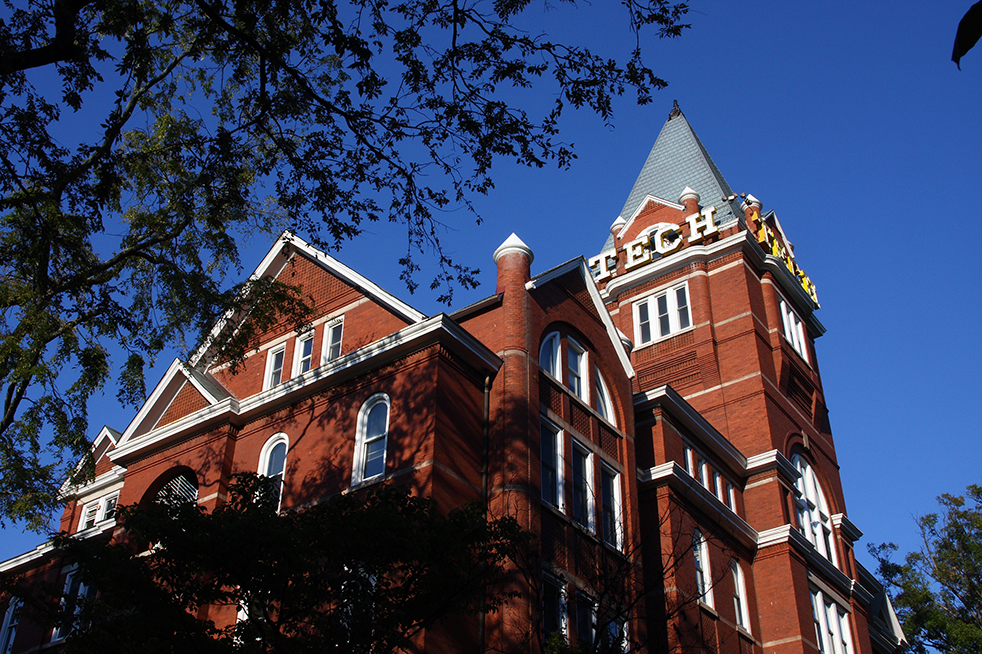With the end of May, signifying the end of Asian American Pacific Islander Heritage Month, June allows us to celebrate another minority group — the LGBTQIA+ community.
Pride month allows for people in the community to celebrate a part of themselves. However, none of the pride– themed parades, the events or the activism would be possible without the allyship of those within and outside the LGBTQIA+ community. The idea of allyship and what makes a good ally is what we, the Technique Editorial Board, hope to explore within this consensus — not only to inform you as reader, but also to encourage ourselves and institutions and corporations to take a more active part in supporting the LGBTQIA+ community.
At its core, we believe that allyship can be boiled down to a willingness to accept when you are wrong and learn from it, as well as center groups you are hoping to help. We encourage everyone to be open-minded and excited to learn about marginalized communities and how you can help them. Even though it might be uncomfortable to be wrong or learn about the more violent parts of the queer experience, it is important to not let this keep you from learning how to be an ally. If you refuse to ever accept being wrong, you’ll never learn how to do right by those you want to help.
Moreover, it is important to note that the community you are allying yourself with is not responsible for teaching you how to be a good ally. If you want to be an ally, it is your responsibility to learn how to better supports your marginalized peers. By adding that additional pressure on these communities, you are taking away the attention from the community and their issues
As we mentioned before, a key component of allyship is centering the group you are allying yourself with. With allyship, especially of the performative kind, it is easy to lose the narrative of the community you are supporting in exchange for personal gain.
For example, even though the progress stairs are displayed prominently on campus and on official Tech social media, the actual support the Institute provides to its LGBTQIA+ students is greatly lacking. A perfect example of these concepts on an individual level is the use of pronouns in day-to-day conversations, which is a relatively new phenomenon. It is a good practice to ask people for their pronouns, as a way to normalize for everyone, but the process of starting to ask or accidentally misgendering someone can be a very difficult situation. When corrected, the knee-jerk reaction of many people is to apologize, and, often, there is also an expectation that the other person will forgive you and tell you that it’s fine. Rather than placing the burden on them to console you, it is better to just accept that you were wrong, learn from it and avoid the same in the future. Instead, a simple “thank you for letting me know” will suffice and will allow you to avoid centering the issue on yourself.
Finally, it would be remiss to discuss allyship without mentioning intersectionality. Many debate questions such as whether transgender people are a part of the community, while black trans women are murdered at devastating rates. Allyship that does not support all is not allyship. If you pick and choose who you support within a community, you are just further segregating groups.
No matter which community you belong to, we at the Technique encourage you to take this Pride month to celebrate the decades-long fight that the LGBTQIA+ community has fought to get here and do your part in progressing it.
